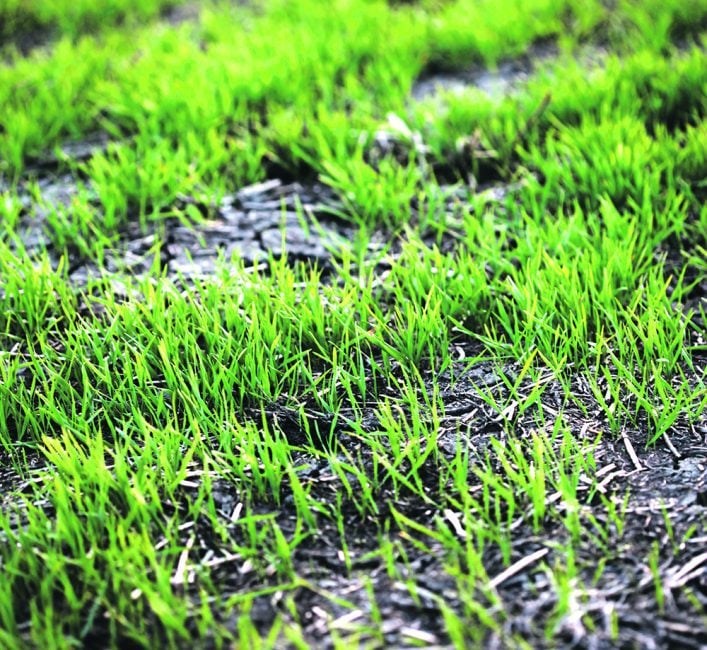Simple solutions are wonderful, and for decades, pesticides offered simple control of weeds, diseases and insects.
Farmers learned to pair biology with chemistry to produce crops resistant to broad-spectrum herbicides, allowing cleaner fields with fewer passes of the sprayer. Crops with built-in protection against insects lessened the need for insecticides and spared non-target insects.
When pests became insensitive to a pesticide, chemistry came to the rescue again, offering new modes of action to keep farmers in the game. Now, there are more than two dozen groups of herbicides, nearly 20 of which are used on the Canadian prairies.
But as the saying goes, life finds a way.
by Agriculture Canada researcher Charles Geddes and his colleagues found that patches of herbicide-resistant weeds are widespread in Saskatchewan.
Now present in more than 15 million acres of cropland, at the current rate of spread it’s estimated that every annually cropped field in the province will have at least one species of herbicide-resistant weed by 2027. It’s a safe bet that the situation applies right across the Prairies.
Research and development can only do so much. With much effort, researchers might be able to create aphanomyces-resistant lentils or clubroot-resistant canola. But resistance is not total immunity, and it can be overcome.
Plant canola, lentils or any other crop back to back, year after year, and pests will adapt to get past the resistance — in a few years rather than decades.
Likewise, herbicides and tank mixes that combine more than one active ingredient can still control weeds that have developed some resistance. But these measures will not long stand against a sexually reproducing weed such as kochia that shuffles its genes and produces thousands of seeds with new combinations every generation.
There’s a need to develop a more multifaceted approach to pest control, one that draws from the latest ideas as well as traditional tools that may have spent some years languishing at the bottom of the kit.
For those enamoured with the latest tech, there are AI-enabled mechanical weeders, spot sprayers and even rigs that zap weeds with electricity and lasers. More mundane solutions include inter-row tillage and attachments that crush weed seeds as they exit the combine.
Then there are cultural solutions such as increasing seeding rates, optimizing crop rotations or seeding a piece of land to perennial forage for several years to allow soil-borne pathogens to die.
Of course there are many pros, cons and costs to consider with such integrated pest management approaches, making for an extremely complicated decision-making spreadsheet for the farmer.
Ideas to help navigate that complexity may be found in the European Union. There, sustainability targets calling for significant reductions in herbicide use have sparked research to develop integrated weed management strategies.
One such project is IWMPraise, or Integrated Weed Management: PRActical Implementation and Solutions for Europe. Its creators developed a framework that farmers and agrologists can use to design management plans tailored to the needs of a given producer and a specific piece of land.
The strategy differs from traditional pest management in that it aims to reduce weed pressures to manageable and even beneficial levels rather than total eradication.
This might be a hard concept to swallow for those whose goal for years has been absolutely clean fields. But in the long run, ceding a little ground to nature might produce the most sustainable results.
Karen Briere, Bruce Dyck, Barb Glen, Michael Robin, Robin Booker and Laura Rance collaborate in the writing of Western Producer editorials.

